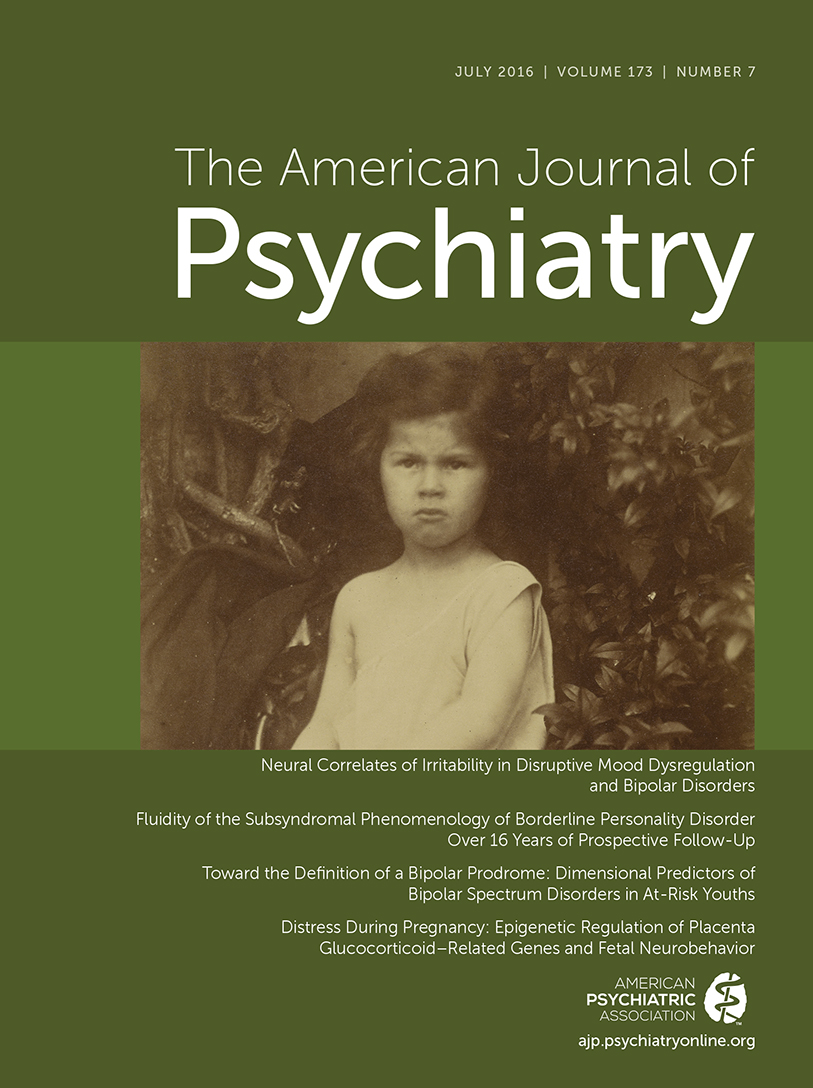Toward the Definition of a Bipolar Prodrome: Dimensional Predictors of Bipolar Spectrum Disorders in At-Risk Youths
Abstract
Objective:
The authors sought to assess dimensional symptomatic predictors of new-onset bipolar spectrum disorders in youths at familial risk of bipolar disorder (“at-risk” youths).
Method:
Offspring 6–18 years old of parents with bipolar I or II disorder (N=359) and community comparison offspring (N=220) were recruited. At baseline, 8.4% of the offspring of bipolar parents had a bipolar spectrum disorder. Over 8 years, 14.7% of offspring for whom follow-up data were available (44/299) developed a new-onset bipolar spectrum disorder (15 with bipolar I or II disorder). Measures collected at baseline and follow-up were reduced using factor analyses, and factors (both at baseline and at the visit prior to conversion or last contact) were assessed as predictors of new-onset bipolar spectrum disorders.
Results:
Relative to comparison offspring, at-risk and bipolar offspring had higher baseline levels of anxiety/depression, inattention/disinhibition, externalizing, subsyndromal manic, and affective lability symptoms. The strongest predictors of new-onset bipolar spectrum disorders were baseline anxiety/depression, baseline and proximal affective lability, and proximal subsyndromal manic symptoms (p<0.05). While affective lability and anxiety/depression were elevated throughout follow-up in those who later developed a bipolar spectrum disorder, manic symptoms increased up to the point of conversion. A path analysis supported the hypothesis that affective lability at baseline predicts a new-onset bipolar spectrum disorder in part through increased manic symptoms at the visit prior to conversion; earlier parental age at mood disorder onset was also significantly associated with an increased risk of conversion. While youths without anxiety/depression, affective lability, and mania (and with a parent with older age at mood disorder onset) had a 2% predicted chance of conversion to a bipolar spectrum disorder, those with all risk factors had a 49% predicted chance of conversion.
Conclusions:
Dimensional measures of anxiety/depression, affective lability, and mania are important predictors of new-onset bipolar spectrum disorders in at-risk youths. These symptoms emerged from among numerous other candidates, underscoring the potential clinical and research utility of these findings.



